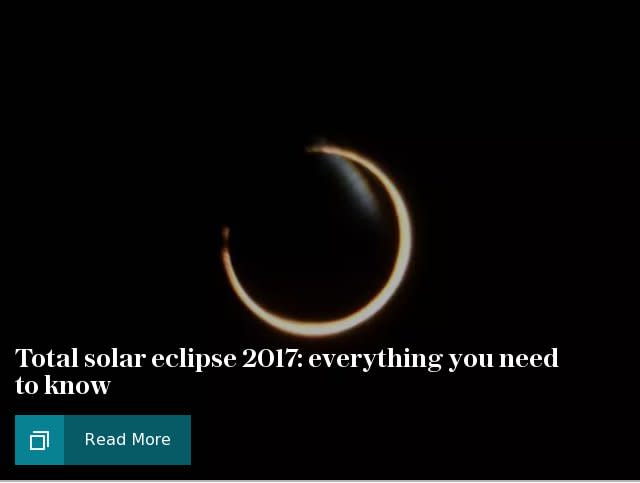When is the Perseid Meteor shower and how can I see it?

The Perseids meteor shower is an annual event that peaks around mid-August,with this year's peak expected between 11 and 13 August.
It's regarded as one of the brightest and most visible meteor showers. Here's everything you need to know about the spectacle, including dates and where to see it.
#perseids are coming!! pic.twitter.com/F19pqGL3nO
— GaryFildes (@TheGaryFildes) July 9, 2017
A post shared by Anders Nilsson (@fotoandersnilsson) on Aug 9, 2017 at 1:33am PDT
A post shared by jarredpd (@jarredpd) on Aug 7, 2017 at 11:27am PDT
What is a meteor shower?
Ameteor shower occurs when Earth passes through the debris stream occupying the orbit of a comet, in this case comet Swift-Tuttle.
Perspective makes meteor showers appear to emanate from a single point in the sky known as the shower radiant. A typical meteor results from a particle the size of a grain of sand vaporising in Earth’s atmosphere when it enters at 134,000mph.
Something larger than a grape will produce a fireball and this is often accompanied by a persistent afterglow known as a meteor train. This is a column of ionised gas slowly fading from view as it loses energy.
The Perseids appear to originate from within the star constellation Perseus, hence the shower's name.

When can I see the Perseid meteor shower?
The window for this year's meteor shower is from July 17 to August 24. Stargazers stand a chance of seeing the shower at any point in this window, however the peak will occur around August 11, 12 and 13.
The best time to take a look at the sky will be from about 1am BST in the Northern Hemisphere until the onset of dawn twilight.
Space.com says the moon, which will be three-quarters full at the time of the peak, will rise around 11pm meaning the spectacle will be trickier to see this year. However, sky-watchers should still be able to see the shower, despite the moon's glare.
Peak rates of 150-200 meteors per hour were recorded in 2016, but typical rates are about 80 meteors an hour streaking across the night sky, each leaving a trail.

How can I see it?
Choose a dark location away from stray lights and give yourself at least 20 minutes in total darkness to properly dark adapt.
Look at a height approximately two-thirds up the sky in any direction. If you want a recommendation, east through south offers some great background constellations in the early hours during August.
Look for the shower's "radiant" from the north-east corner of Perseus.
Here are a few great places to view the shower.
Galloway Forest Park: Galloway is a couple of hours from Glasgow and an hour from Carlisle. The park's most popular spot for stargazing is Loch Trool.
Exmoor and around: Exmoor was granted International Dark-Sky Reserve status by the International Dark-Sky Association in 2011. Light pollution is managed to make the area more appealing to amateur astronomers.
Romney Marsh: Night once provided cover for smugglers known as Owlers, but today Romney Marsh offers celestial bounty, arching over a landscape adorned with the spires of ancient churches.
Kielder: Kielder Forest is officially the darkest place in England – 250 square miles of wooded beauty where Northumberland brushes against Scotland. It has its own fabulous, modern, wood-clad observatory on the slopes of Black Fell above Kielder Water.
North York Moors: As well as stunning night skies, the North York Moors boast historic market towns such as Helmsley and Pickering, plus appealing coastal spots, including Scarborough and Whitby.
Tell me more about Comet Swift-Tuttle
The wonderfully named Comet Swift-Tuttle, the parents of the Persied meteor shower, is the largest object known to repeatedly pass Earth (it's 16 miles wide).
It orbits the sun ever 133 years and each time it passes through the inner solar system, it warms up releasing fresh comet material into its orbital stream, according to earthsky.org.
The last time it was closest to the sun was in December 1992. It will be back again in July 2126.


 Yahoo News
Yahoo News 
